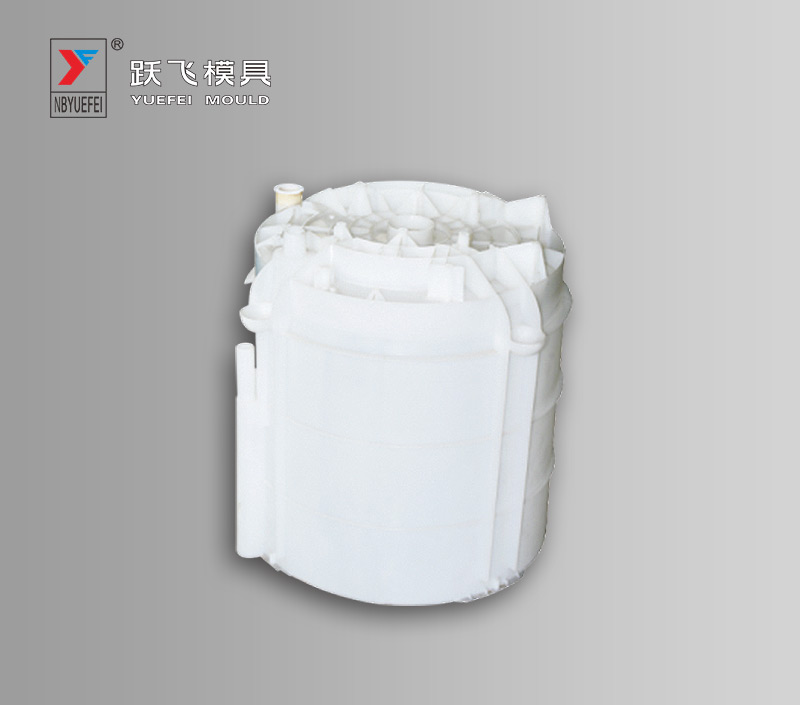Plastic molds are the key molding special tools for plastic products. If the quality of the mold changes, such as: the shape changes, the position moves, the molding surface becomes rough, the clamping surface is not tightly contacted, etc., it will directly affect the quality of the plastic product. Therefore, we must pay attention to the use and maintenance of the mold.
The main points are as follows:
(1) Before production, check whether there are impurities in each part of the mold. Dirt, the paint, impurities and dirt in the mold should be cleaned with cotton gauze, and the firmly bonded residue should be cleaned with a copper knife.
(2) Reasonable selection of the clamping force is based on the fact that no flash is generated when the product is formed. Excessive clamping force will not only increase the power consumption, but also make the mold and transmission parts wear faster.
(3) The sliding parts of the mold, such as guide posts, push rods, reset rods, tie rods, etc., should be oiled twice a day in summer and only once in winter.

(4) When the full-time mold maintenance worker is on duty, the molds in production should be inspected and observed, and problems should be dealt with in time. When taking over the shift, the security worker should start work 5-10 minutes in advance to check the production status of the mold - especially for those molds that often have secondary scraps, more problems and more prominent molds, more attention should be paid.
(5) During production, power failure or shutdown occurs for some reason. If the shutdown is continuous for more than 6 hours, in the rainy season in the south, when the air is humid, it is necessary to spray anti-rust oil on the molding surface, parting surface and sliding surface. In non-rainy season, if the machine is shut down continuously for more than 24 hours, it is necessary to spray anti-rust lubricant on the molding surface, parting surface and sliding mating surface of the mold. The molds that need to be put into storage that are not used temporarily should be thoroughly cleaned before storage, and then sprayed with anti-rust lubricant, and then put into storage after the molds are tightly closed. No heavy objects are allowed on the mold.
(6) It is not allowed to hit any part in the mold with a hand hammer to prevent knock marks or deformation.
(7) The equipment is not used temporarily, and the mold on the injection should be coated with anti-rust oil. The movable and fixed molds are not allowed to be in a pressure-clamped state for a long time to prevent deformation under pressure.


 English
English 简体中文
简体中文 Español
Español Deutsche
Deutsche















